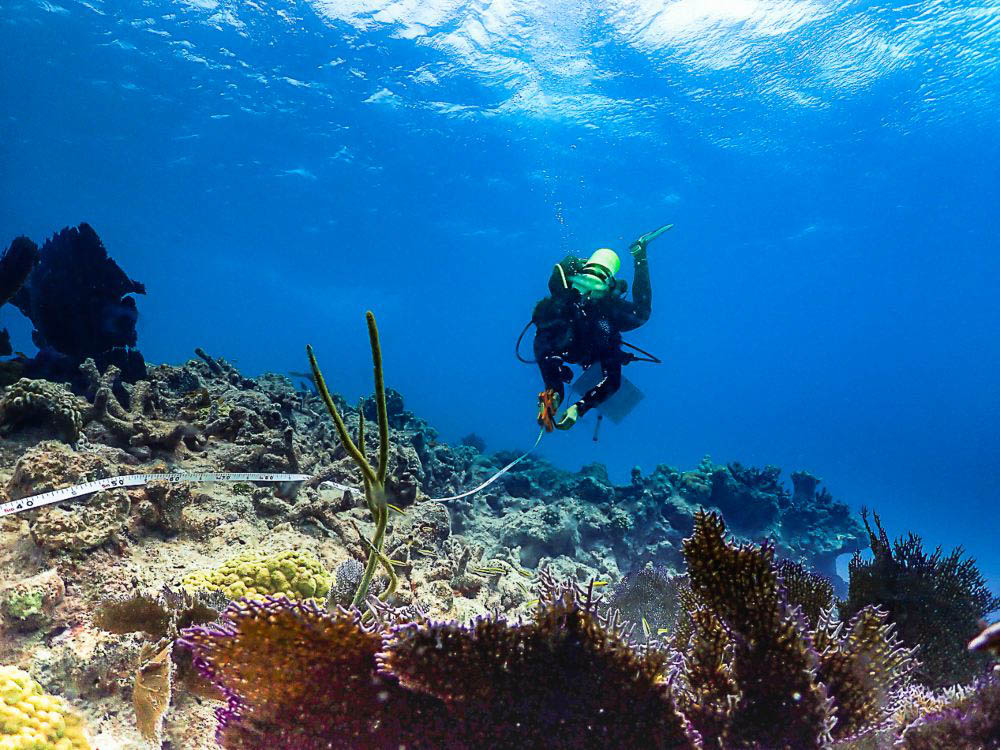A team of researchers from NOAA’s Mission: Iconic Reefs program and partners from Mote Marine Laboratory & Aquarium and the Coral Restoration Foundation completed a scientific mission yesterday to quantify the impact of 2023’s marine heat wave on corals in Florida Keys National Marine Sanctuary. Data from the research cruise will help NOAA and partners understand the extent of the record-high marine temperatures from the summer of 2023 on restored corals — which are nursery-raised and out-planted on the reef — and inform future restoration strategies to increase coral resilience.
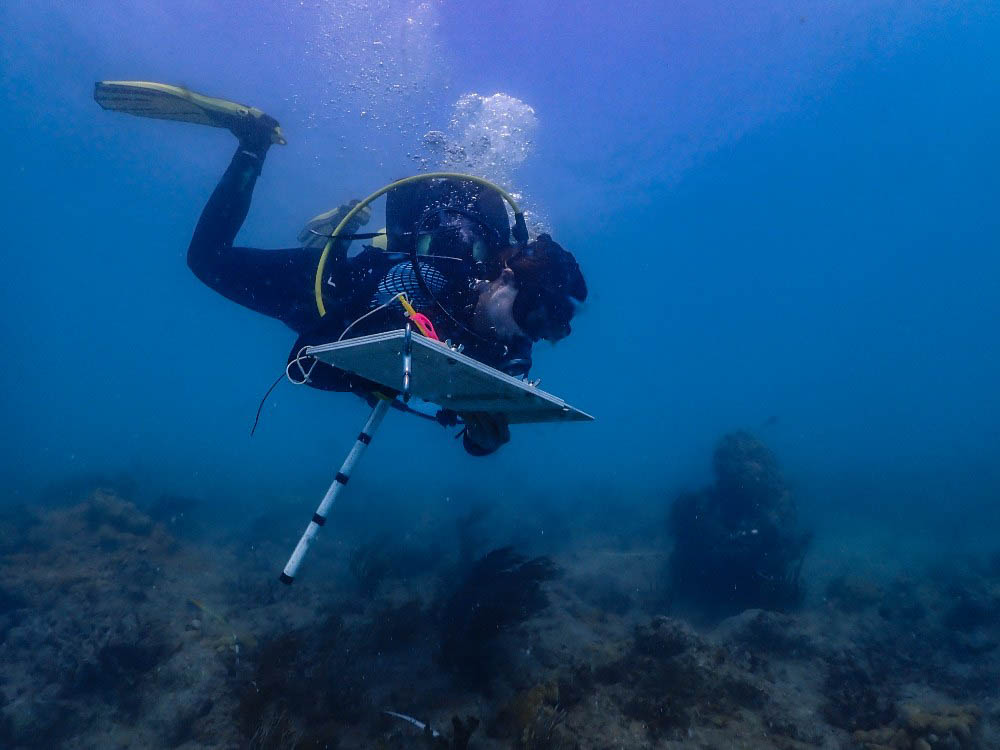
Researchers aboard the contracted vessel M/V Makai surveyed 64 locations at five of the seven Mission: Iconic Reef sites – Carysfort Reef, Horseshoe Reef, Sombrero Reef, Looe Key Reef, and Eastern Dry Rocks– to examine the reef-building stony acroporid corals out-planted by Coral Restoration Foundation, Mote Marine Laboratory & Aquarium, and Reef Renewal.
This research follows a mission in August that assessed coral health during the height of the marine heat wave and incorporates data about how eight additional weeks of high temperatures affected corals.
Preliminary findings from the latest assessment provide insights into the current state of coral health:
- Preliminary data indicate that less than 22% of approximately 1,500 staghorn coral (Acropora cervicornis) surveyed remain alive.
- Only the two most northern reefs surveyed, Carysfort Reef and Horseshoe Reef, had any living staghorn coral.
- Of the five reefs surveyed, live elkhorn coral (Acropora palmata) was found at only three sites: Carysfort Reef, Sombrero Reef in the middle Keys, and Eastern Dry Rocks off Key West.
- No live staghorn or elkhorn corals were observed at sample areas surveyed at Looe Key Reef in the lower Keys.
All data collected during the assessment is currently undergoing thorough review and analysis.
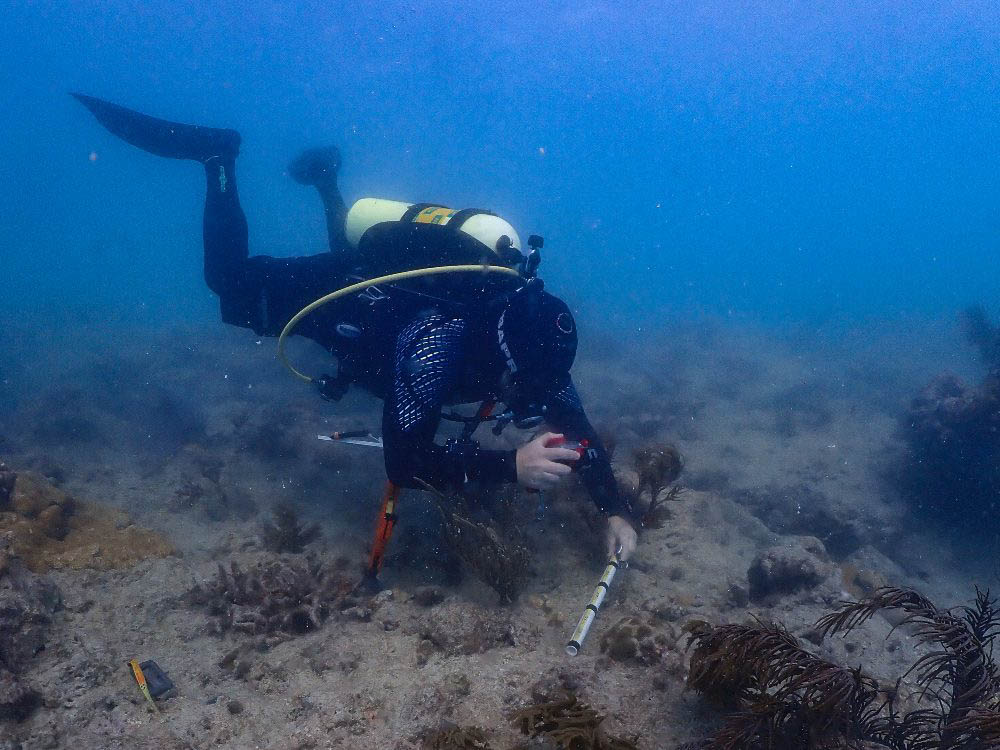
Though anecdotal evidence from Mission: Iconic Reefs partners suggest that boulder, massive, and brain coral outplants at a number of Mission: Iconic Reef sites- including Looe Key Reef – fared better during the marine heatwave, rough weather conditions during this mission prevented the research team from surveying more than the branching coral assemblages of staghorn and elkhorn coral.
“The findings from this assessment are critical to understanding the impacts to corals throughout the Florida Keys following the unprecedented marine heatwave,” said Sarah Fangman, Florida Keys National Marine Sanctuary superintendent. “They also offer a glimpse into coral’s future in a warming world. When the ecosystem experiences significant stress in this way, it underscores the urgency for implementing updates to our regulations, like the Restoration Blueprint, which addresses multiple threats that will give nature a chance to hold on.”
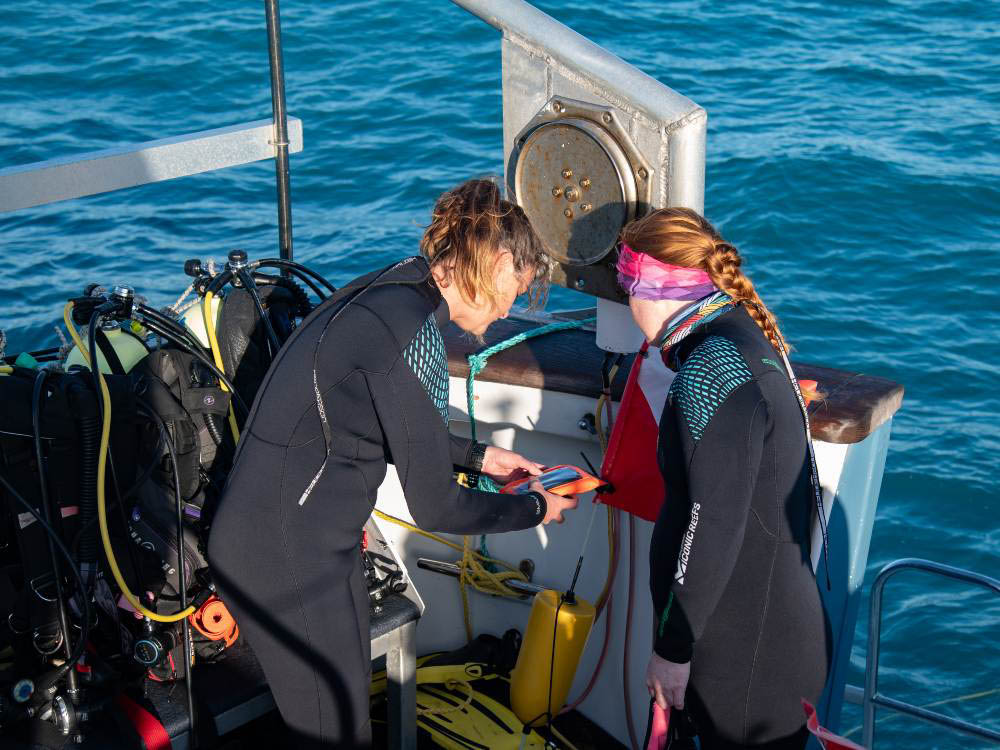
Florida’s coral reefs are the backbone of the region’s tourism and recreation economy, and provide important ecological services to coastal communities. The health of Florida’s coral ecosystems has declined since the 1970s due to damage from hurricanes, heat-induced bleaching, disease and increased impacts from human activities.
The assessment will support the ongoing restoration efforts of Mission: Iconic Reefs, a NOAA-led, partner-driven initiative to restore nearly 3 million square feet of coral reef– the equivalent of more than 50 football fields — at seven iconic sites within Florida Keys National Marine Sanctuary, through pioneering restoration efforts involving growing and transplanting corals. The goal is to restore diversity and ecological function to the reefs by returning coral cover at target reef sites to a self-sustaining level.
In the summer of 2023, corals in the Florida Keys faced the hottest ocean temperatures on record, and the longest-lasting marine heat wave recorded in three decades. The marine heat wave prompted emergency evacuation of in-water nursery corals to land-based nurseries to limit heat exposure. Collaboration between Mission: Iconic Reefs and coral conservation practitioners safeguarded the genetic diversity of coral reef-building species.
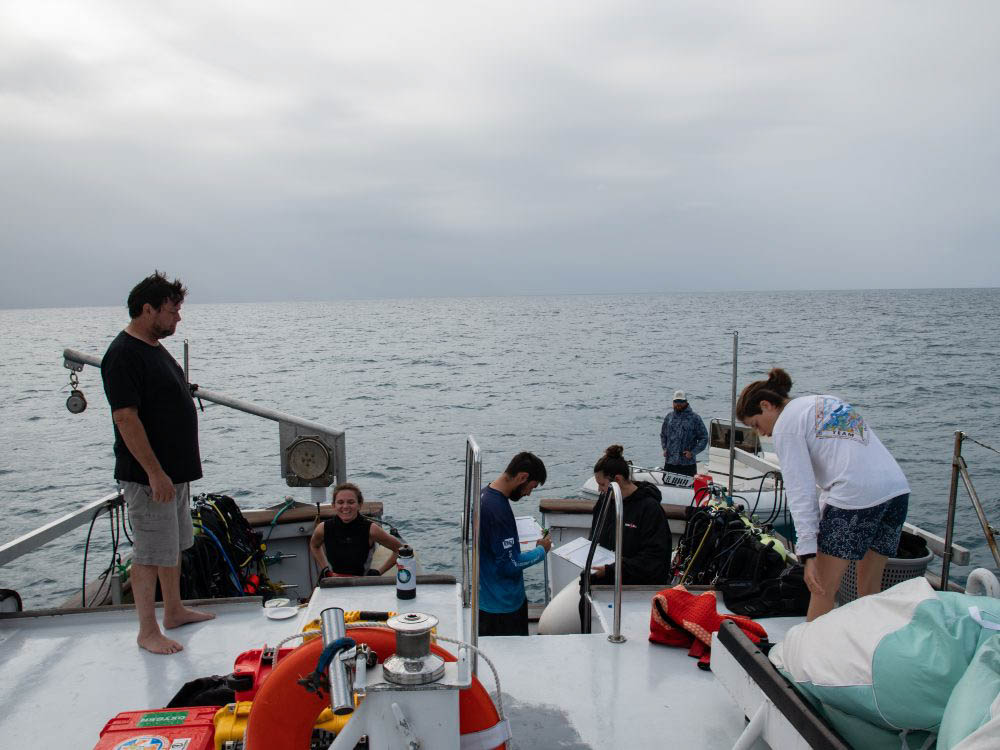
“We are fortunate to have the unwavering dedication and expertise of multiple partners collaborating with NOAA to restore this critical ecosystem,” said Jennifer Mooore, co-lead of Mission:Iconic Reefs and Endangered Species Act coral recovery coordinator for NOAA Fisheries. “The assessment results, complementary research efforts from partners and lessons from emergency activities over the summer will inform effective and innovative restoration strategies to support the health of Florida’s coral reefs.”


